This morning, we followed our local guide through through Budapest, seeing the elegant Andrassy avenue and Heroes Square. Then, we visited the 13th centruty Matthias Church, and later enjoyed a panoramic view of the sprawling city from the lacy lookout towers of Fisherman's Bastion.
Hősök (Heroes' Square)
Heroes' Square lies at the end of Andrássy Avenue is one of the major squares of Budapest, Hungary. The Millennium Memorial at the centre of the square was built in 1896 to celebrate the millennium of the Hungarian conquest of the Carparthian Basin.
The square consists of a 36-metre high column topped with Angel Gabriel holding St Stephen's Crown. The column is encircled by statues of the seven conquering Magyar tribal chiefs on its base; and two semi-circular colonnades encompasses the column with statues of Hungarian kings and heroes in Hungarian history:
(From left to right)
King St Stephen - Hungary's first king, founder of the Hungarian state
King St László - a noble and strict king, several miracles are attributed to him
King Kálmán Könyves King Coloman de Beaiclerc - annexed Croatia and Dalmatia to Hungary
King András II - participated in the Crusades
King Béla IV - rebuilt the country after the Mongol invade in the 13th century
King Charles Robert - created a strong and wealthy Hungary in the first half of the 14th century
King I Nagy Lajos (Luis the Great) - son of Charles Robert, during his reign Hungary reached the greatest expansion of its territory
King Matthias - a Renaissance King who made Buda Europe's cultural centre in the 15th century
István Bocskai - as a result of his fight against the Habsburg reign Transylvania became independent in 1606
Gábor Bethlen - prince of Transylvania in the 17th century, leader of an anti-Habsburg uprising
Imre Thököly - leader of Hungarian Protestants against the Habsburg rule
Ferenc Rákóczi - leader of the War of Independence against the Habsburgs in the 18th century
Lajos Kossuth - great patriot and statesman, leader of the 1848/49 War of Indepedence
Figures on top of the corner pillars symbolise:
War
Peace
Work and Welfare
Knowledge and Glory
The square is flanked on either side by the Szépmüvészeti Múzeum (Museum of Fine Arts) and the Múcsarnok (Palace of Art).
 Szépmüvészeti Múzeum
Szépmüvészeti Múzeum  Gabriel holding St Stephen's Crown
Gabriel holding St Stephen's Crown


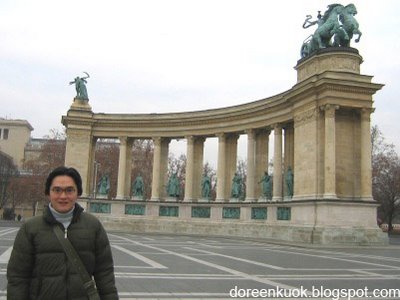

 The first king of Hungary, King St Stephen
The first king of Hungary, King St Stephen
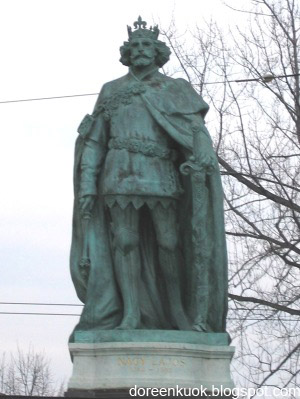 King I Nagy Lajos (Louis I the Great)
King I Nagy Lajos (Louis I the Great)
Castle Hill

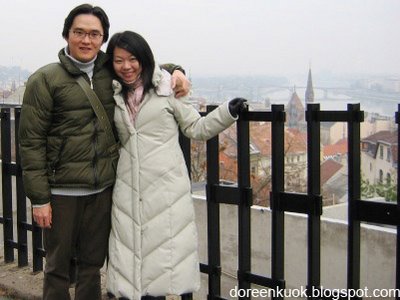

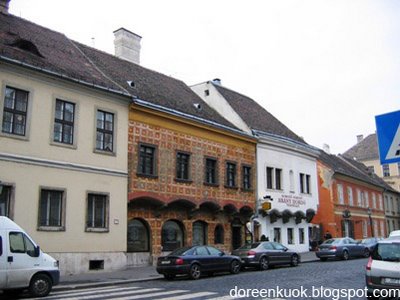
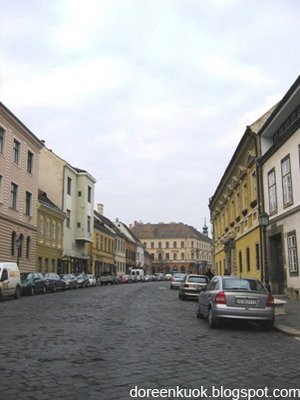

Mátyás Templom (Church of Our Lady)
Matthias church was built in 1255 in Gothic style and was rebuilt in 1470 by King Matthias, hence the name.
The church is rather unique, for its combination of the baroque and oriental character. It was converted into a mosque during the Turkish occupation. It was then reconstructed in baroque style after the reconquest of Buda but some of its oriental features are still preserved.
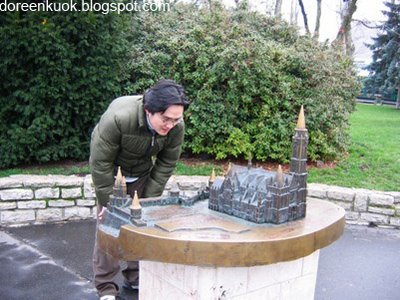 Replica model of Matthias Church
Replica model of Matthias Church
 It is for the blinds to appreciate the structure and features of the church
It is for the blinds to appreciate the structure and features of the church
Halászbástya (Fisherman's Bastion)
Fisherman's Bastion is a neo-Gothic and neo-Romanesque style viewing terrace at the eastern side of the Catle Hill, on the Buda bank of the Danube, around Matthias Church. It was designed and built between 1895 and 1902 with the aim to provide a beautiful setting for Matthias Church. Its seven towers represent the seven Magyar tribes that settled in the Carpathian Basin in 896. The terrace offers a grand panorama of the city.
The Bastion takes its name as there used to be a local fish market during medieval times in the area directly behind the church.
 Statue of Hungary's first king, King St Stephen
Statue of Hungary's first king, King St Stephen
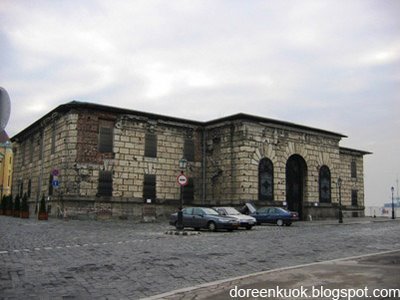 We were told that this building is one of the victims of world war II
We were told that this building is one of the victims of world war II
 bullet holes all around the building
bullet holes all around the building
Souvenir Shopping at Castle Hill



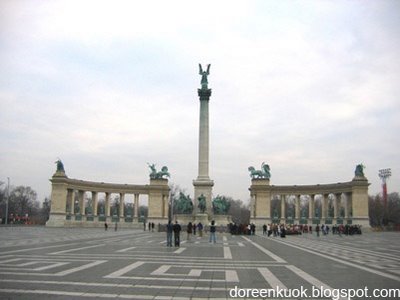






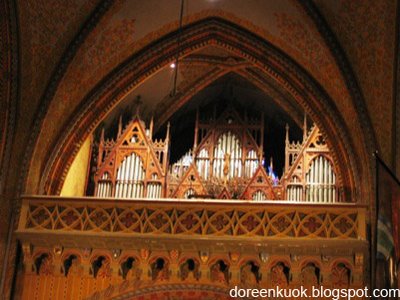

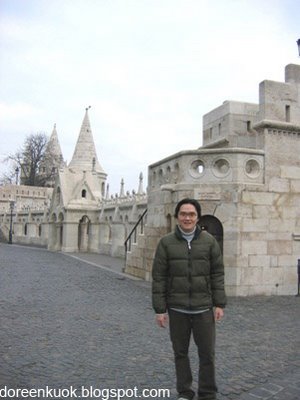
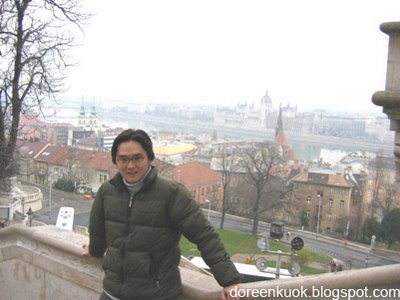

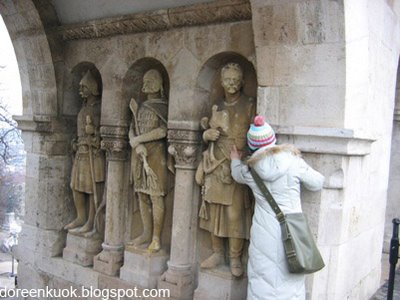
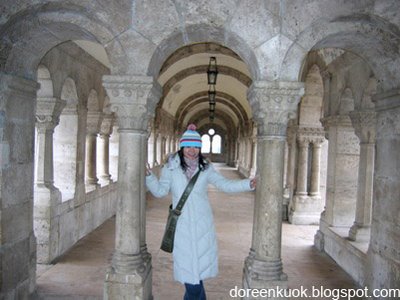


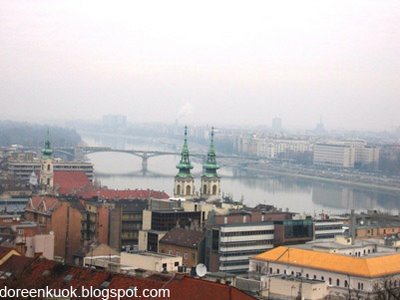

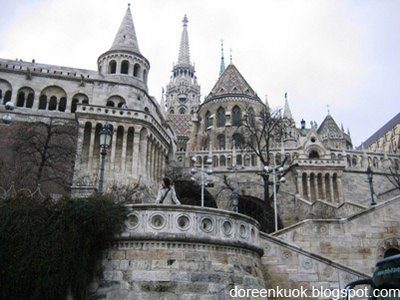
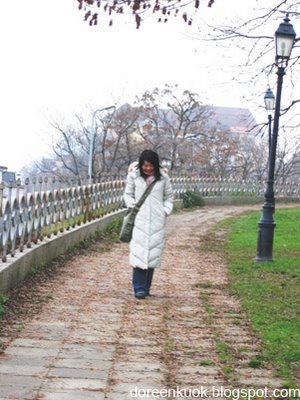



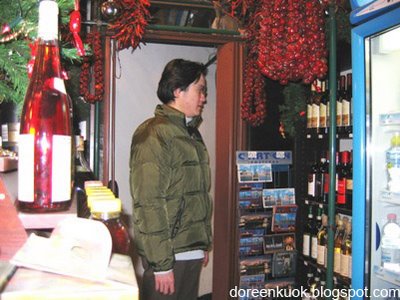
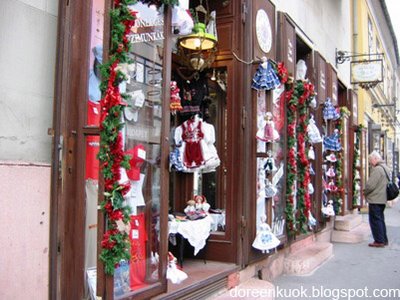
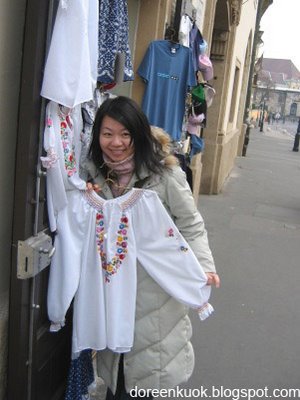
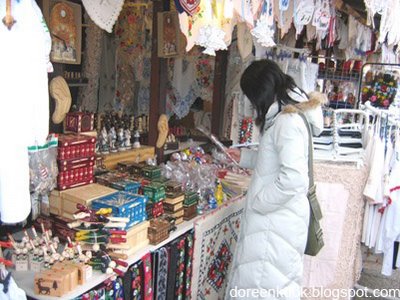
No comments:
Post a Comment